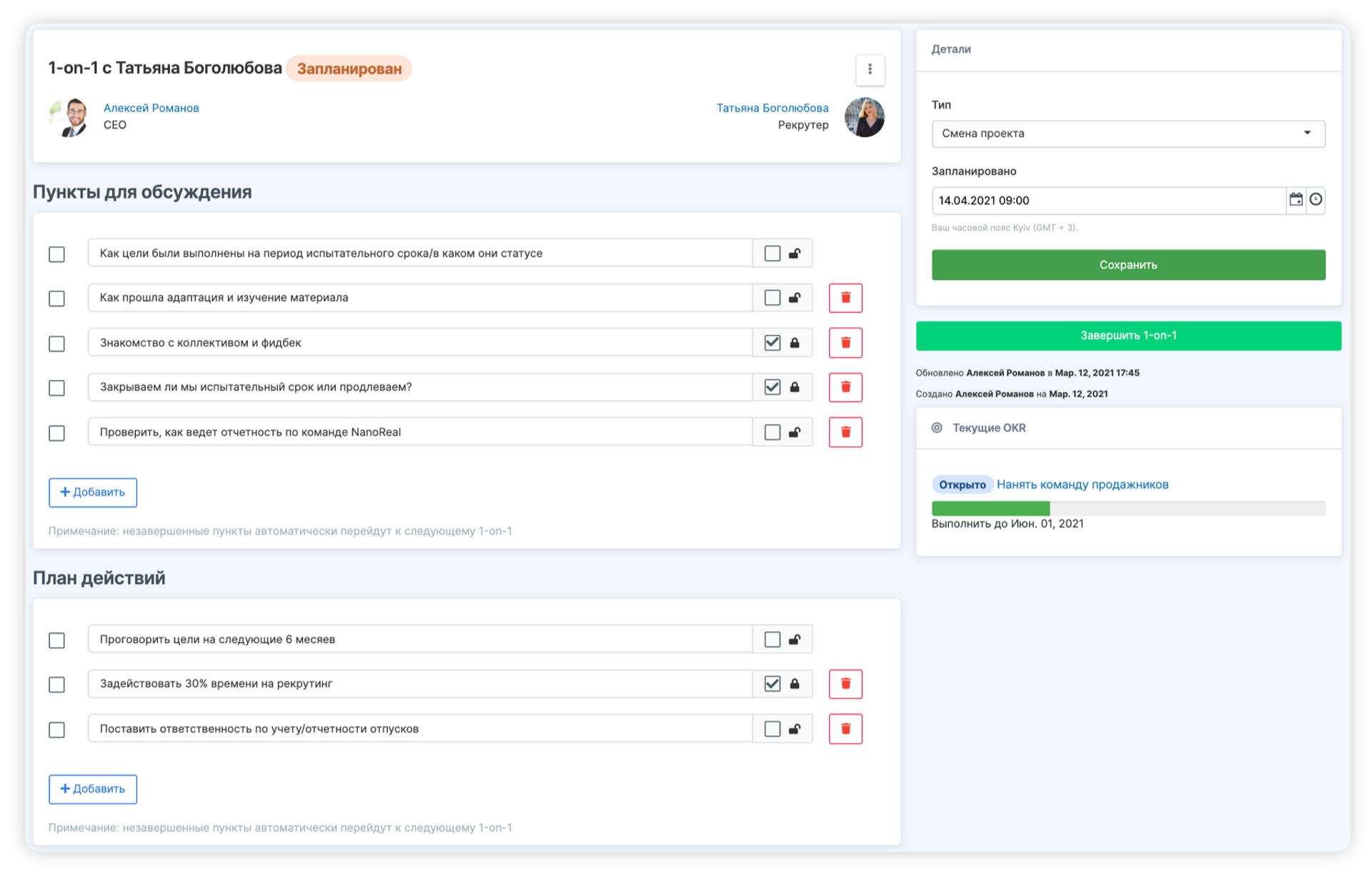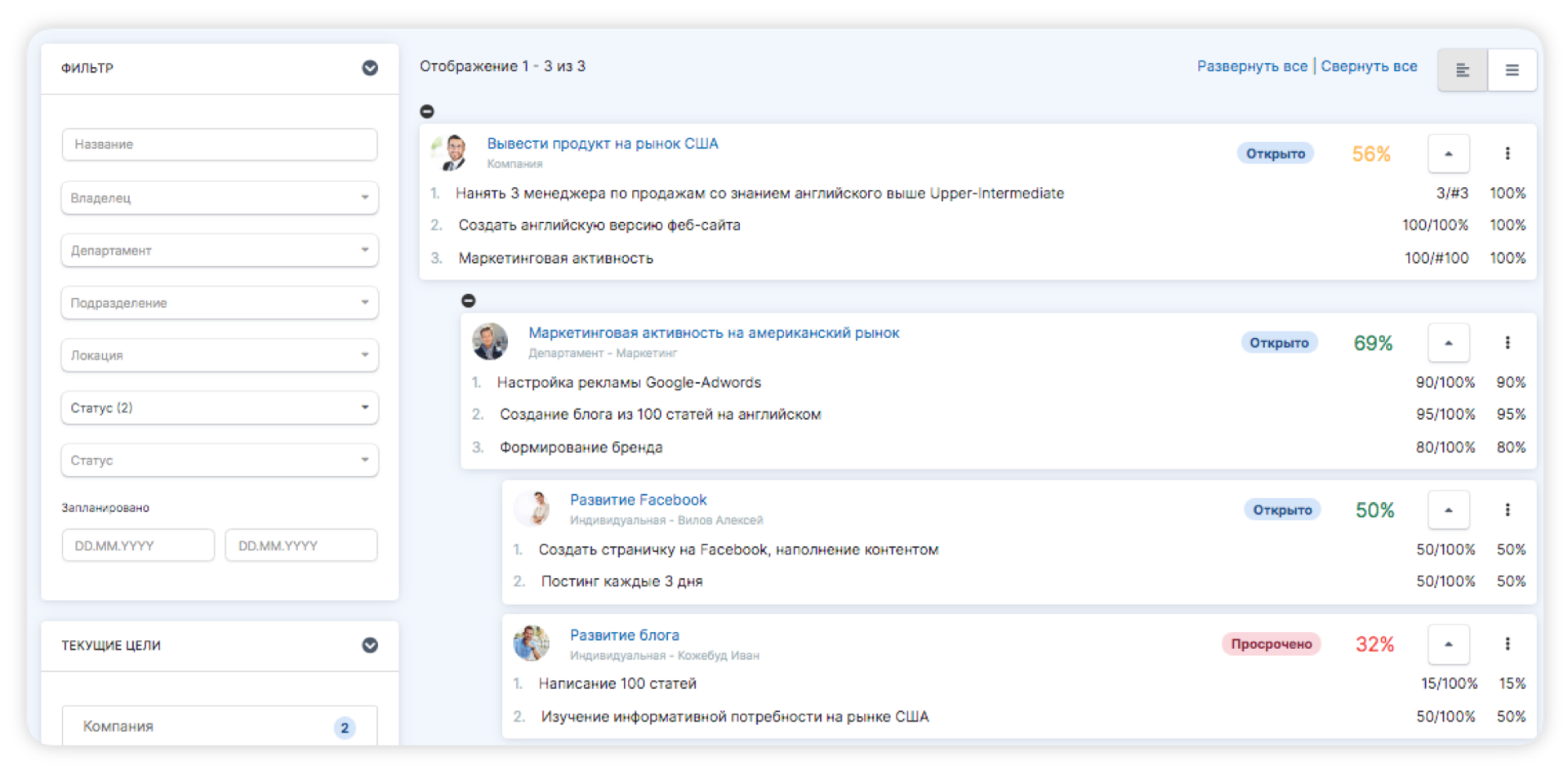
6 ways to help busy employees work smarter, not harder
You can be a very busy person and still not very effective.
Stephen Covey
Performance Management is something that every business should engage in to develop quickly and effectively. If work processes are structured properly, it becomes clear what to optimize, where to save, which direction to move towards, and what to let go of. Additionally, it provides an excellent opportunity to reassess employee productivity, evaluate each individual's contribution to the business, and determine what changes need to be made to enhance performance metrics. Implementing the principles of Performance Management can assist with this.
What is Performance management?
Performance Management is a system of indicators that can determine the level of employee effectiveness. This is important to help employees fully realize their potential, and for companies to find new solutions to improve business operations and profitability.
The complete Performance Management system consists of 6 elements that must be tailored to the specifics and structure of your organization.
Feedback from managing managers
Reviews from managers about the work of their subordinates are what more than 56% of employees lack, according to a SHRM study.
Lack of feedback is much worse than negative feedback directed at an employee.
Feedback, even if it’s not the most pleasant, is the simplest way to find out what an employee is doing wrong, where they need help, and what can be done to improve their results.

4 best formats for providing feedback:
- meeting with the team aimed at discussing the effectiveness of each employee (often held after employees undergo testing to determine their effectiveness level);
- 1:1 meetings with those who have low productivity (the goal is to make a decision on what to do next, set goals that will help resolve the issue);
- mentorship (when a manager becomes a mentor for employees and helps them improve and become more productive through individual guidance);
- informal conversations during lunch, over a cup of coffee, by the water cooler.
Angles of 180 and 360 degrees
This method allows for the assessment of an employee's strengths and weaknesses, skills, and abilities. The value lies in the fact that such assessments can be provided by people in different roles within the company — from regular employees to top management, clients, and partners.
First, an assessment is conducted, and then its results are discussed — either individually or by a group of employees.
Plans for increasing productivity
These should be official documents that clearly outline the desired outcomes, the resources needed to achieve them, and the indicators by which progress will be assessed.
Such plans can be made both individually and for the entire department or even the company.
Goal setting
Goals help staff avoid procrastination and stay in constant motion, engaging in processes. However, it's important not just to set goals at the beginning of the month and then assess actual results at the end. It’s necessary to track them regularly, discuss them, and if needed — assist in finding new solutions to achieve them.

There are 2 important points in goal setting:
- They should align with the overall goals of the company.
- They need to be set according to the SMART methodology. This means that the goals are Specific, Measurable, Achievable, Relevant, and Time-bound.
Awards, recognitions, and other tools of intangible motivation
We believe you know that money is far from the only and effective way to motivate employees. It is also important for them to hear recognition of their successes, personal gratitude from their boss, to receive an extra day off, etc.
You may also be interested in the article: How to work with Gen Z in the workplace
What are the advantages of performance management?
Gallup research shows that companies with highly skilled employees have the following advantages over competitors:
- more than 17% productivity;
- sales grow by 20%;
- profitability is 21% higher;
- 41% fewer absences;
- 24% reduction in turnover (in organizations with high turnover);
- 59% reduction in turnover (in organizations with low turnover);
- 70% fewer incidents related to employee safety;
- 40% fewer defects in products.
How to improve the employee performance management plan?
First, you need to assess what employee performance management plan you currently have. If you don't have one yet, it's worth starting small — implementing one tool at a time. This way, you can track what works best in your team and what needs improvement.
Here are some ideas that will help you shape your Performance Management plan.
#1. Organize ongoing individual feedback for employees.
Above, we discussed ideas for the best formats for providing feedback to employees. But if you don't have a feedback culture, start with personal feedback on a regular basis. It's important that this is easy to organize, doesn’t take much time, and is convenient for everyone. For example, hold 1:1 meetings once a month or upon request.
You can also try implementing informal corporate chats where employees can share what is happening in their lives outside of work.
Think about other options for providing feedback — semi-annual official reviews, quarterly progress reviews, monthly individual check-ins, and weekly check-ins.
No. 2. Competently formulate questions to assess staff performance.
Today, questions like "How valuable is this employee on a scale from one to ten?" are becoming less effective. Managers don't understand how to respond correctly, what each score from 1 to 10 implies. As a result, the final assessment turns out to be very subjective.
Therefore, it is important to ask questions as precisely as possible so that they can be easily and quickly answered. Be sure to align them with the company’s goals and the qualities of employees that are most important for measuring productivity.
Another recommendation is to limit your performance evaluation surveys to a few key questions. Often, a long list of required questions is the reason why surveys are filled out carelessly or not completed at all.
#3. Evaluate each indicator separately.
When managers try to assess both the effectiveness of employees' work and their salaries and reward systems based on a single survey, it leads to nothing good. Because the staff begins to think that, perhaps, by the end of the test, they will succeed in increasing their wages, and they choose the answer options that contribute to this. As a result, the outcomes are untruthful and cannot be worked with.
#4. Discuss the company's future with employees
Often, effectiveness depends on whether a person understands the overall, global goal that they are helping to achieve or not.
Gallup recommends holding special meetings to discuss with employees what is happening in the company right now, what should happen next, and how to get there. It is important to clearly explain what results you, as a manager, expect, what behavior is needed, and how you will evaluate each employee's results.
It is important that this is not a monologue, but a dialogue with active involvement from the team. It is essential for employees to be heard and to receive answers to their questions. Give them this in exchange for improved efficiency.
№5. Reinforce strengths, constructively comment on weaknesses
The top managers of the consulting agency The Clemmer Group studied that employee productivity decreases by 27% when their low, insufficient performance metrics are explained through weaknesses. Their self-esteem drops, imposter syndrome appears, and the desire to try harder disappears.
It is enough to change the approach and find solutions to improve work results through the strengths of employees. As the same study showed, such action allows for a 36% improvement in efficiency.
It is important — this approach does not mean that weak areas of employees should be ignored. It means that it is better to give them the opportunity to develop their strengths. And when it comes to weaknesses, it is better to discuss them specifically, objectively, with arguments and facts.
№6. Help employees grow professionally.
LinkedIn Research shows that 94% of employees are willing to stay with a company longer if it provides opportunities for professional development. Therefore, it is important to talk to the team and ask each person what training they would like to undergo and in which direction they want to grow.
You can organize something like mentorship or simply professional development programs within the organization through such actions:
- set more serious, complex, but achievable goals;
- assign additional responsibilities, tasks;
- offer to change roles within the team, giving everyone who wants the opportunity to try something new;
- allow training outside the company, covering part of the costs.
№7. Improve the software
There are always processes that can be simplified, refined, optimized, and automated. Therefore, it is important to have good software that will help track where and what to improve and enable doing so.
What are the modern solutions for improving Performance Management?
At PeopleForce, we have created a special, separate tool for measuring and managing employee performance — Perform.
With this tool, you can set goals for the entire company and for individual employees, set tasks using OKR, conduct a "180-degree" online personnel evaluation (P.S. 360-degree evaluation is coming soon), and organize 1-on-1 meetings to engage employees.
No tables, charts, complex diagrams, or the need for other software. Everything in one place and connected with other modules — for personnel management, hiring, expenses, time tracking and employee loyalty.
If you are ready to improve employee efficiency right now, we offer you to test our tool for free for 14 days. To do this, simply click the link and select “Try for free”.
Get started with PeopleForce today
Automate your HR routine to create a high performance culture in your company. PeopleForce is your best HRM alternative to stay business driven but people focused.

Recent articles
Impressive and effective. How to evaluate employees using the Performance Review method?
Performance Review is one of the most comprehensive ways to assess an employee both quantitatively and ideologically. What exactly influences the success of your company?
10 minutes on professional competencies: How to apply them in performance review
Explore how competencies are essential for driving efficiency and predicting employee success. This article guides you in creating a comprehensive list of competencies and identifying key performance indicators for each.
The role of employee assessment in driving success
Qualified employees are worth their weight in gold. Are you sure that professionals work in your company? Assessing personnel can help answer this question.

